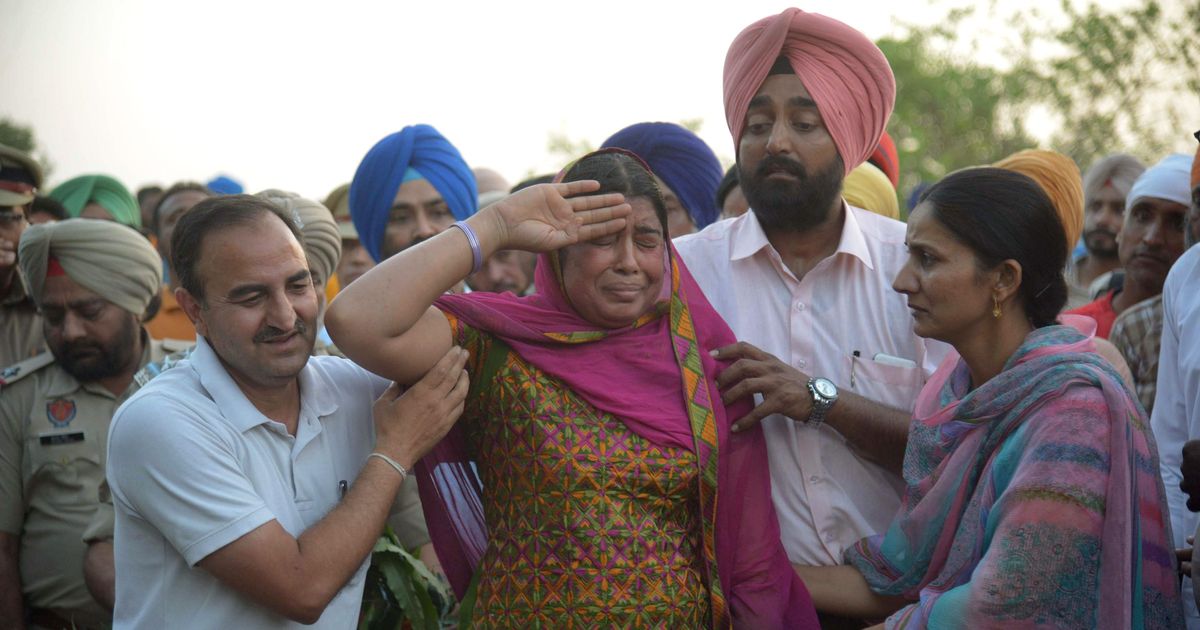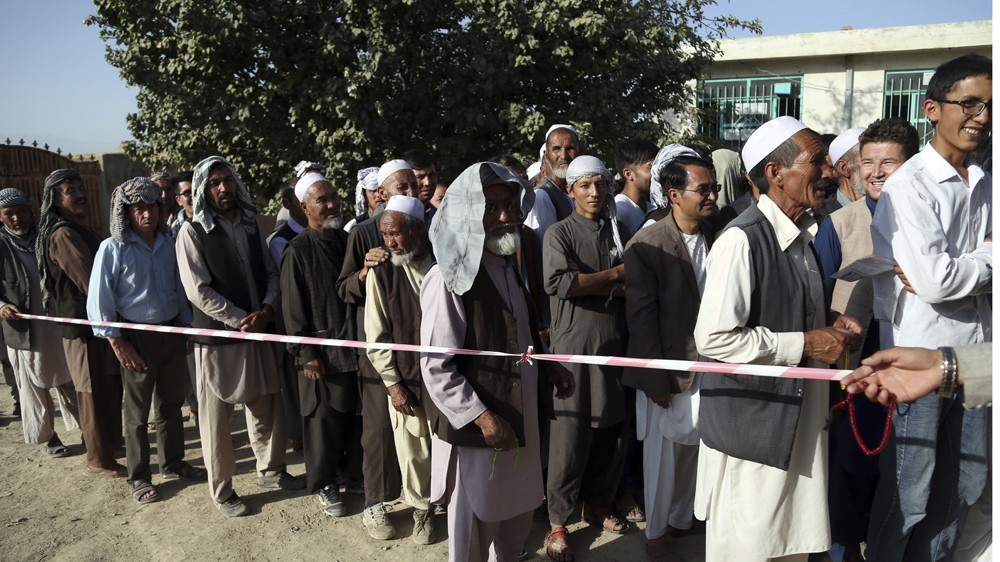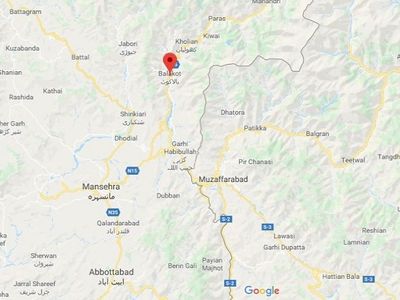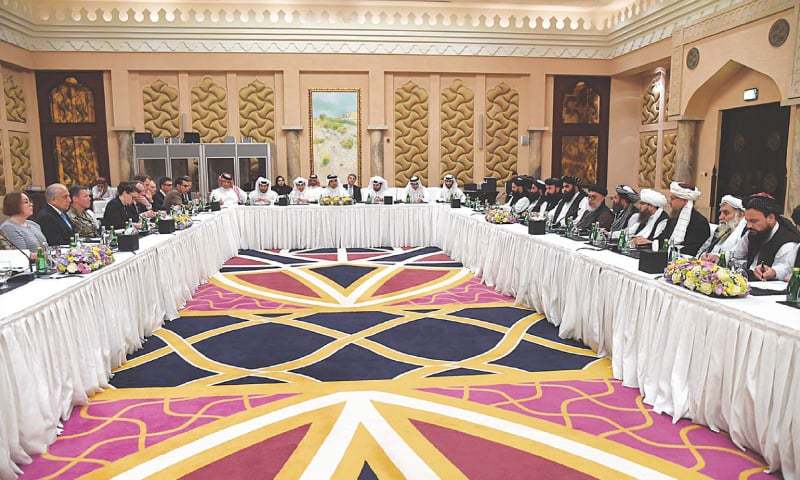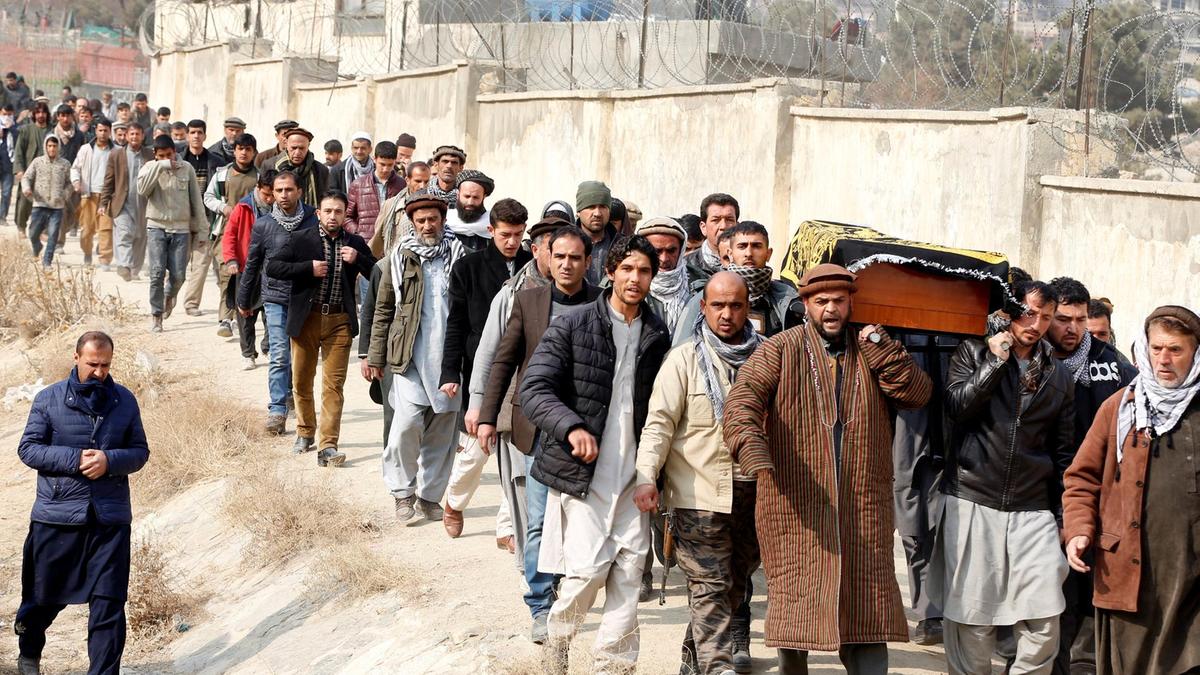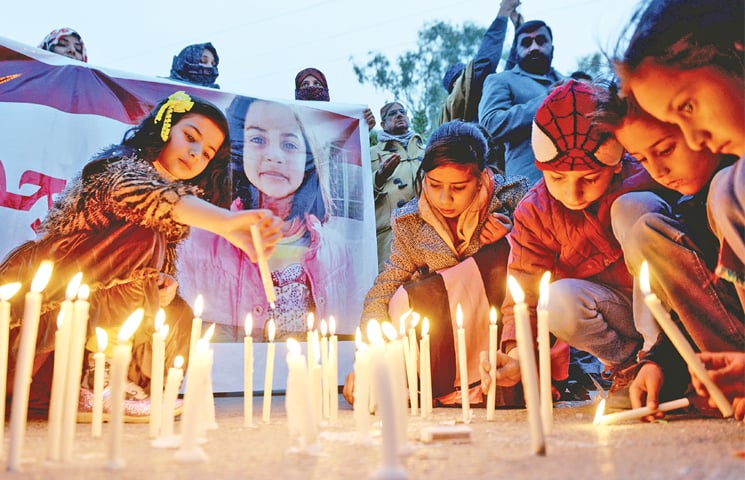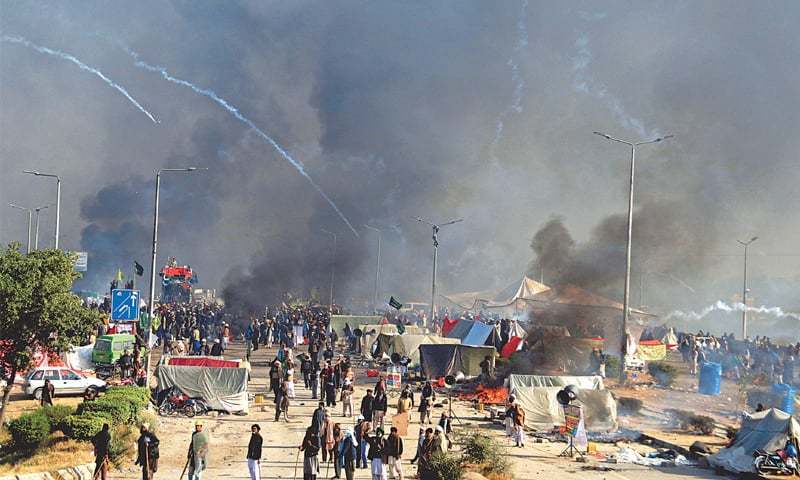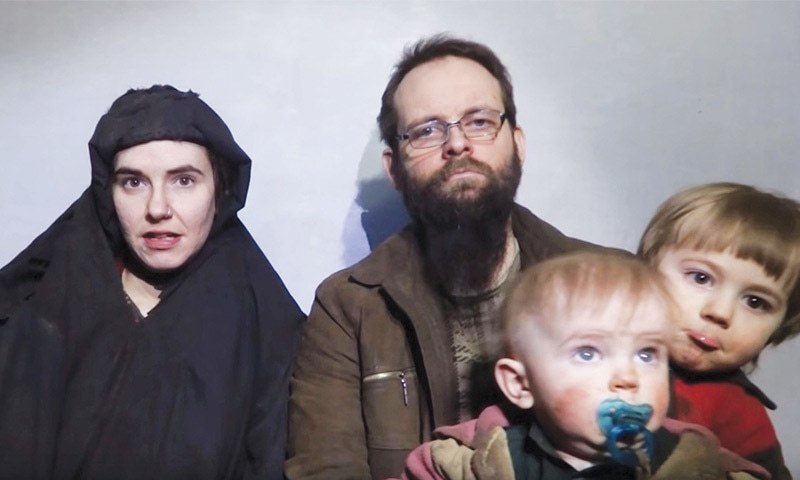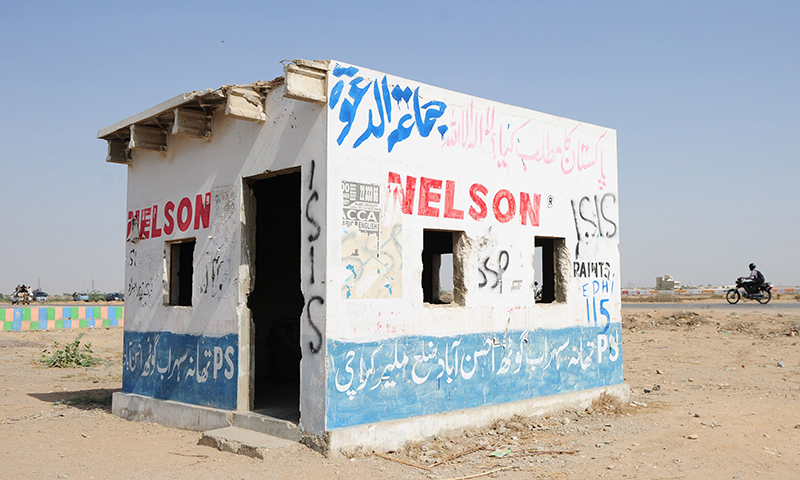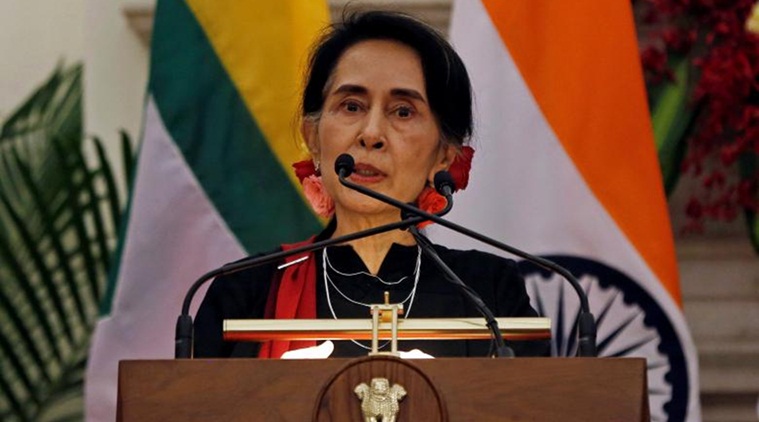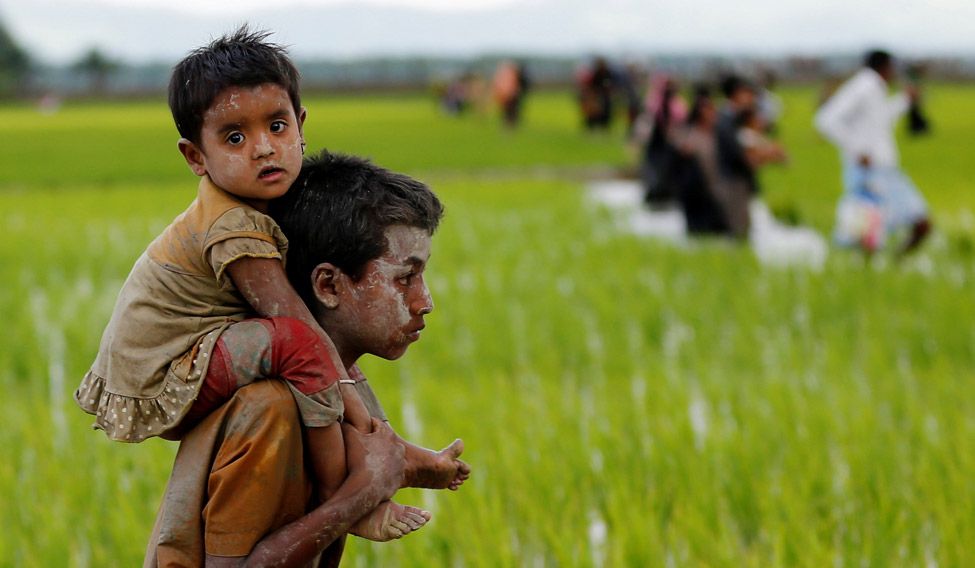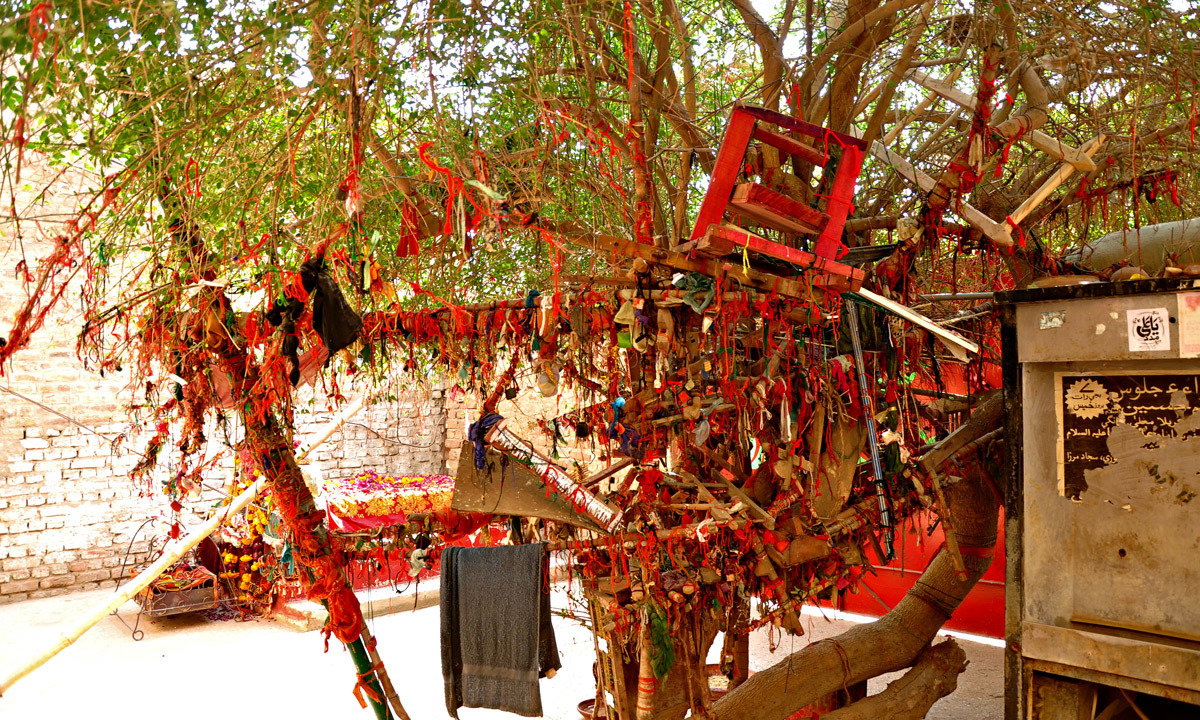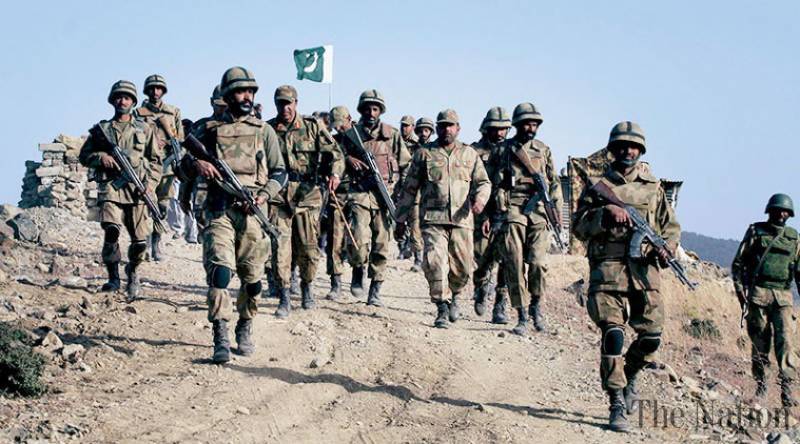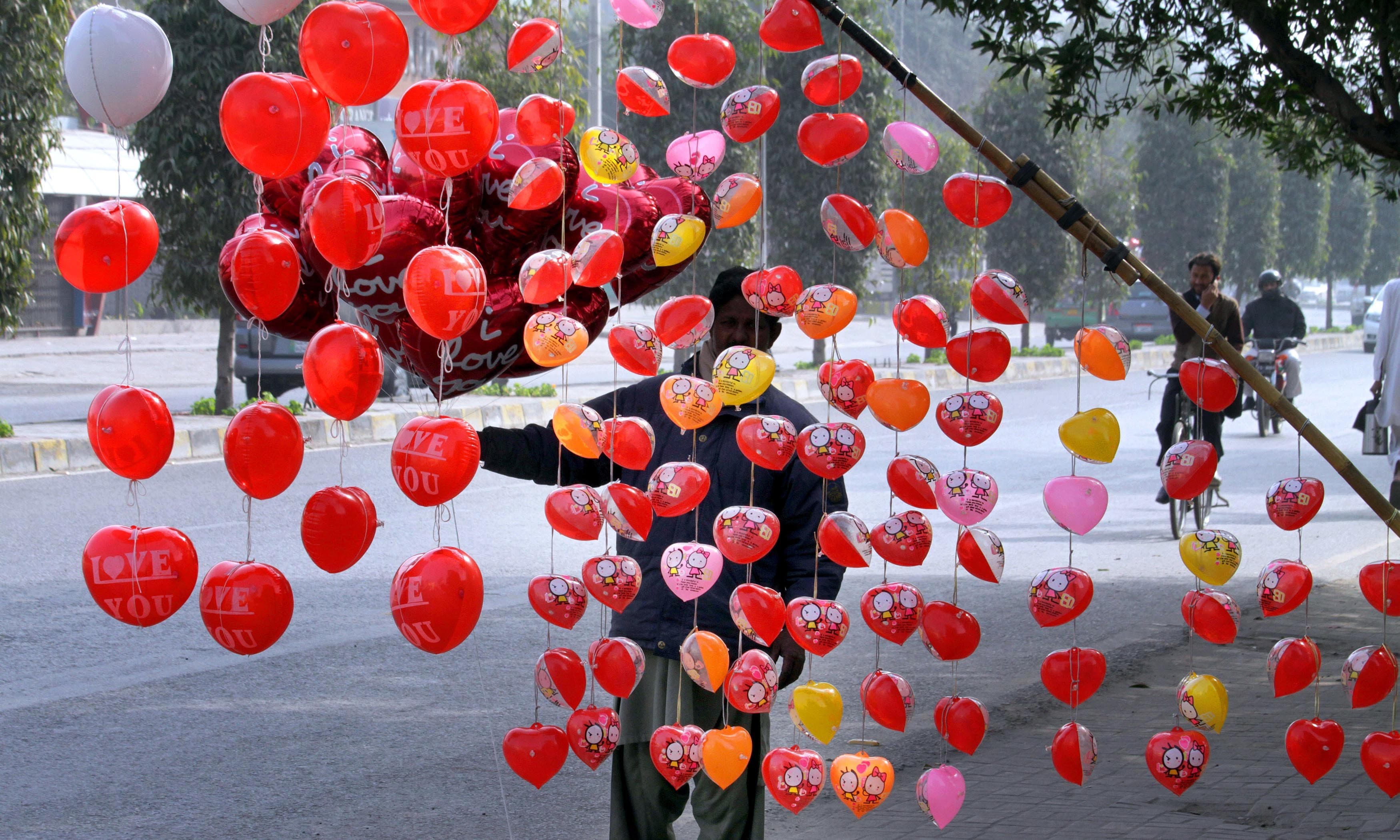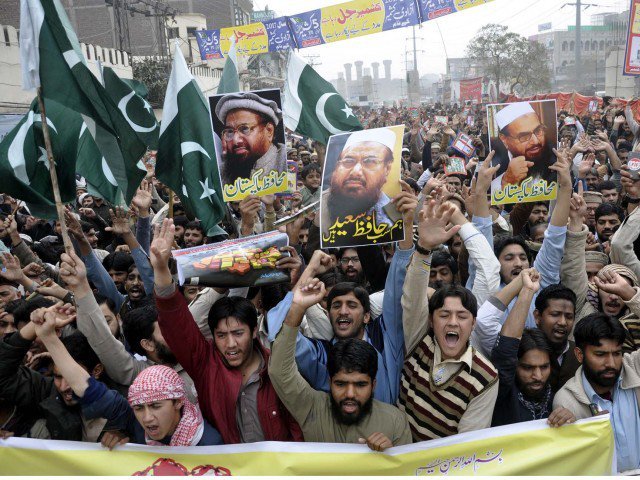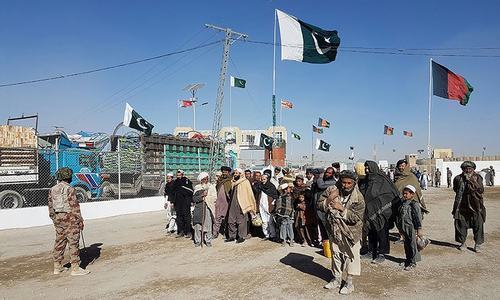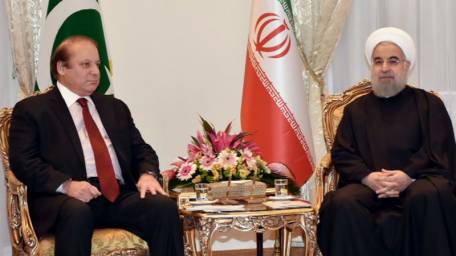
Is Mumtaz Qadri dead?
It appears, he is not. He may be buried, but his ghost continues to haunt Pakistan. Worse, this appears to be a beginning.
Conflict Reader # 38, 1 November 2017
CR Analysis
D. Suba Chandran
Professor
International Strategic and Security Studies Programme (ISSSP)
National Institute of Advanced Studies (NIAS), Bangalore
Mumtaz Qadri is dead. But is he?
Does the rise of Tehreek-e-Labaik Pakistan and the performance of extreme right wing in the recent elections held in Peshwar (NA-04) and Lahore (NA-120) highlight an electoral entry of extreme Right in Pakistan?
Taseer and Qadri: Story of a Martyr and his Assassin
A year before, in February 2016, Mumtaz Qadri was executed for assassinating Salman Taseer, then the Governor of Punjab in 2011. Mumtaz Qadri was neither a criminal nor a terrorist, when he carried out the assassination; he was a part of an elite police squad meant to protect the Governor. And why did he assassinate Taseer? The latter stood up and supported a hapless woman convicted on blasphemy charges. Taseer was one of those few inside Pakistan to raise a strong voice against the blasphemy law and its widespread abuse.
If Taseer was trying to galvanize a sensible movement for positive change and social harmony, Mumtaz Qadri represented the opposite. It is an irony, he was chosen to be one of Taseer’s bodyguards. Whether Taseer knew about Qadri’s political and radical leanings or not, he paid a heavy price. 28 bullets were pumped into Taseer’s body in front a popular market in the heart of Islamabad.
The trial of Qadri created an emotional environment both inside and outside the courts. An assassin was showered petals, when he was brought to the courts. He did not repent. The Court convicted him for the murder of Taseer and hanged him in February 2016. His body was buried in Islamabad.
Instead of rallying for the cause that Taseer gave his life, the opposite happened since the burial of his assassin. Thousands of people, commemorating his death, took out processions in Islamabad, Rawalpindi and other cities of Pakistan. Normal life came to a standstill.
Is Mumtaz Qadri dead?
It appears, he is not. He may be buried, but his ghost continues to haunt Pakistan. Worse, this appears to be a beginning. Consider the following.
The Barelvi Assertion
There is enough in the public literature on Mumtaz Qadri’s political and religious leanings. He was an adherent of the Barelvi faith, the most liberal of other Sunni faiths –in Pakistan Deobandi, Wahabi etc. It appears, Qadri’s execution has given a radical poster boy for a section within the Barelvi.
When compared with other radical Sunni movements and groups within Pakistan, the Barelvis were considered to be less radicalised. In the recent decades, the Sunni radicalization started in the 1980s – thanks to another ghost - of Zia ul Haq. Though the radical Sunni groups, primarily targeted the Ahmediyas and Shias, there was an internal divide within them as well. The Barelvis were at the receiving end; Karachi, in particular, witnessed numerous intra-Sunni violence, leading to a section of the Barelvis getting radicalised.
This section is now using Qadri, and has started a larger movement.
Khadim Hussain Rizvi and the Rise of Tehreek-e-Labaik Pakistan
Khadim Hussain Rizvi was not known even to many within Pakistan. Not even in Islamabad. In 2016, not many would have recognized him. He was one of the self-proclaimed Barelvi scholars and preaching in one of the mosques in Lahore. But that would change in the next one year.
He used Mumtaz Qadri’s execution as a rallying point. The "bite" obsessed media catapulted a local Mullah into a national leader. Rizvi understood the power of media and its hunger for news that would sell. And he started feeding them; the latter started providing more space to him. The more space the media gave him, the more radical his statements became.
Social media provided him with a larger space, and introduced him to an international audience. Otherwise, how could a taxi driver in Bradford make a statement that he was influenced by Rizvi, for killing a shopkeeper in Glasgow? Rizvi was in touch with the killer; according to a report, he told BBC Radio 4: “We are proud of that fact he has killed and we stand with him. I am proud of the fact that we’re in contact and this pride will remain until the day of judgement and beyond.” Perhaps, Khadim sees the killer as another Qadri, who could be exploited at the international level.
Back to Rizvi and Qadri. The former exploited the Qadri trial politically outside the courts, and launched a movement against those who were fighting for the removal of Blasphemy law in Pakistan. In 2017, just before the election for the NA-120 constituency in Lahore, he took the next step. He launched Tehreek-e-Labaik (TLP) as a political party.
Tehreek-e-Labaik and Two Elections in Peshawar and Lahore
For the Tehreek-e-Labaik, it was a great beginning. Not many took the announcement of his party seriously. In Pakistan, the religious political parties always had street power, but could hardly convert the same into votes in elections and seats in legislative assemblies.
In the Lahore election for the National Assembly, the TLP supported candidate secured around 7100 votes. Though Kulsoom Nawaz, Sharif’s wife won the seat with 61,000 votes, and PTI came second with 47,000 votes, the TLP’s performance was significant. Consider the fact: in the same election, the PPP could secure only 1400 votes and the Jamaat-e-Islami around 600 votes. In terms of numbers, the TLP has come third in Lahore. If one has to consider the multiple factions of the Muslim Leagues and their Punjab background, TLP's performance is significant. In future, it may not win seats with such numbers, but will have enough muscle power in the streets.
Few days before, the party repeated its performance in another election – this time in Peshawar (NA-04). Again, the TLP did not win the elections; the PTI came first, followed by the Awami National Party (ANP) and the PML-N. in NA-04, the PTI polled 45,000 votes, followed by ANP and PML-N which polled around 24,900 and 24,800 votes respectively. The TLP succeeded in gaining more votes in Peshawar than in Lahore! It secured around 9400 votes, ahead of the Jamaat-e-Islami. Though the PPP polled around 12,000 votes, given the fact that the constituency was its fort during the 1990s, it was a dismal performance. But, look at the TLP – its first election in KP.
TLP: Where does the support come from?
Without a proper party organization, structure and grassroots mobilization, how did the TLP manage to perform better than the Jamaat-e-Islami (JI), another religious political party, formed decades ago?
Populist leaders like Zulfikar Ali Bhutto, Benazir Bhutto, Nawaz Sharif would use social issues – from employment to better standard of living as slogans to mobilize votes. These leaders were charismatic and had a large political backing. Where does Khadim Rizvi get the support?
Not only the TLP, another radical party – the Milli Muslim League (MML) also seem to be gaining ground. The political face of the Jamaat-us-Dawa and Hafiz Saeed, the MML candidates contested in these two elections and were able to get similar votes as the TLP. Consider the numbers: in both elections, the MML and TLP could poll together around 26,000 votes. The PPP, despite its history and party machinery, could secure only 13,500 votes in Lahore and Peshawar.
TLP does not have social issues in the forefront. The JI and other religious political parties, for example the factions of the JUI do have a social agenda. The TLP’s seem to be sectarian.
The question that needs to be further probed should be: Is the TLP pushing a sectarian agenda, or is it only capturing an already polarised society? Either way, it is a dangerous development.
Mumtaz Qadri should be laughing at the above question from his grave. And what about Salman Taseer? What would be his legacy?
